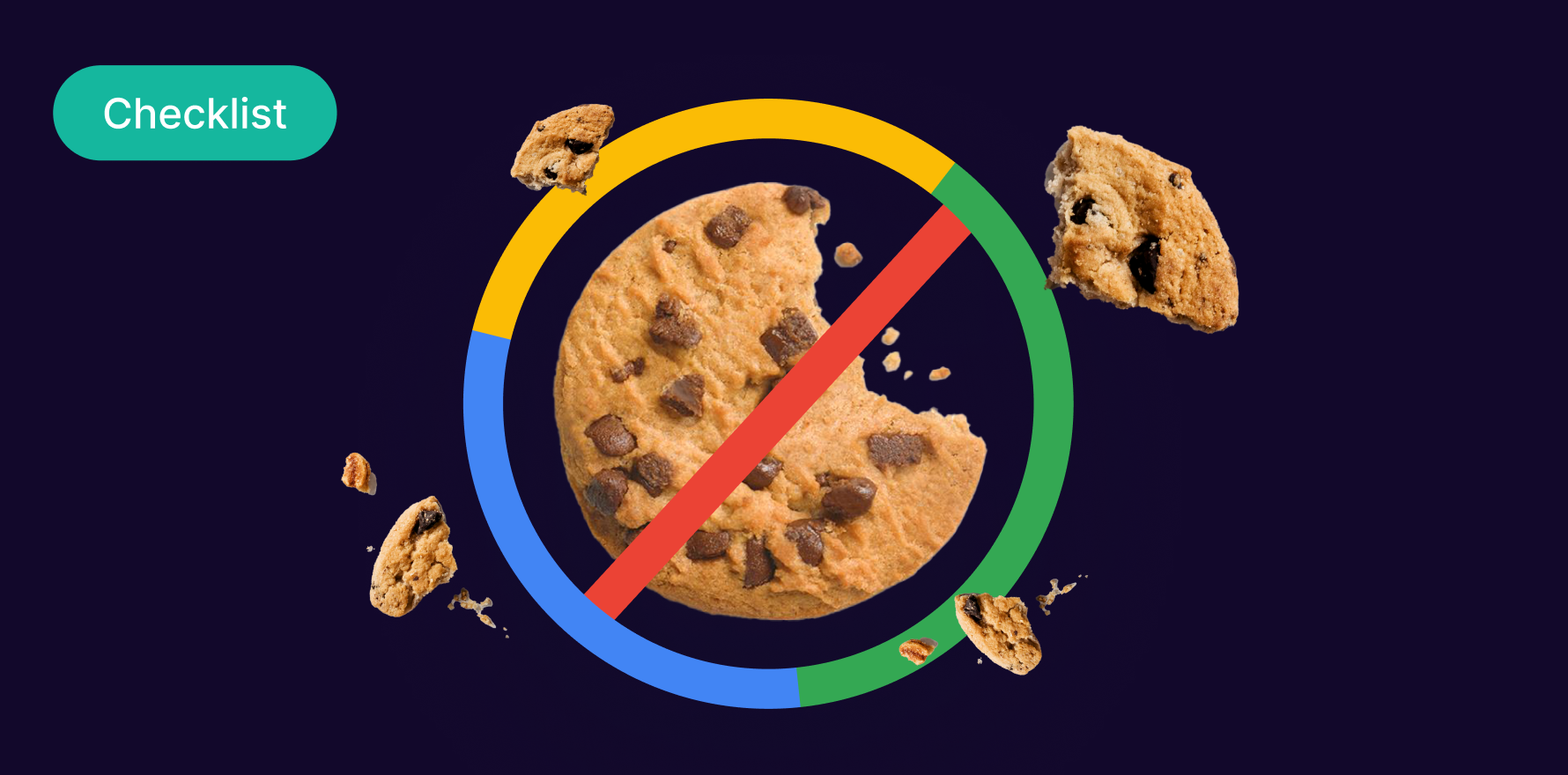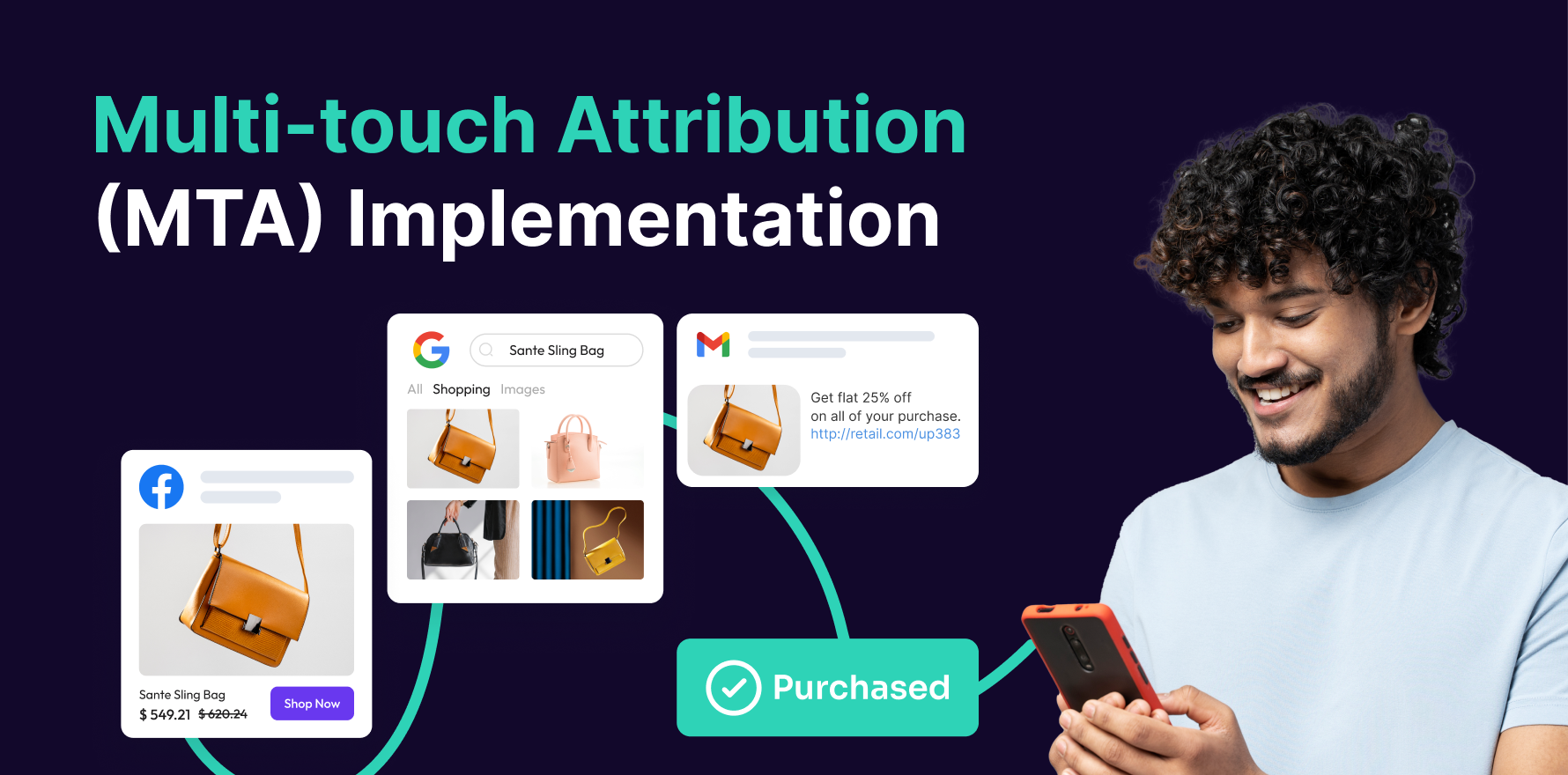What is User Level Tracking?
User Level Tracking is a method of collecting and analyzing data on individual users’ behaviors and interactions with a brand across various touchpoints, such as websites, apps, emails, and ads. This tracking provides a granular view of each user’s journey, enabling businesses to understand preferences, tailor experiences, and optimize marketing efforts.
Formula
The formula for User Level Tracking involves aggregating data points associated with unique user identifiers:
UserProfile = ∑ (Interactions+BehavioralData+TransactionalData)
Example
For example, an e-commerce platform uses user level tracking to monitor a customer’s interactions, such as browsing history, cart additions, email clicks, and purchase history. By analyzing this data, the platform can offer personalized product recommendations and targeted promotions.
Why is User Level Tracking important?
User Level Tracking is important because it enables personalized marketing, enhances customer experience, and increases conversion rates by understanding individual user preferences and behaviors. It helps businesses build detailed customer profiles, predict future behaviors, and make data-driven decisions to improve engagement and loyalty.
Which factors impact User Level Tracking?
Several factors can influence the effectiveness of User Level Tracking, including data accuracy, privacy regulations, user consent, and the ability to integrate data across different platforms. Ensuring compliance with privacy laws such as GDPR and CCPA is crucial to maintain user trust and avoid legal issues.
How can User Level Tracking be improved?
To improve User Level Tracking, businesses should focus on collecting comprehensive and accurate data, ensuring seamless integration across various marketing channels, and leveraging advanced analytics tools to analyze and interpret user data. Regular audits and updates to tracking systems can enhance data quality and provide more precise insights.
What is User Level Tracking’s relationship with other metrics?
User Level Tracking is closely related to metrics like Customer Lifetime Value (CLTV), Conversion Rate, and Engagement Rate. While CLV estimates the total revenue generated by a customer over their lifetime, Conversion Rate measures the percentage of users who complete a desired action, and Engagement Rate assesses user interaction with content.
Free essential resources for success
Discover more from Lifesight

















